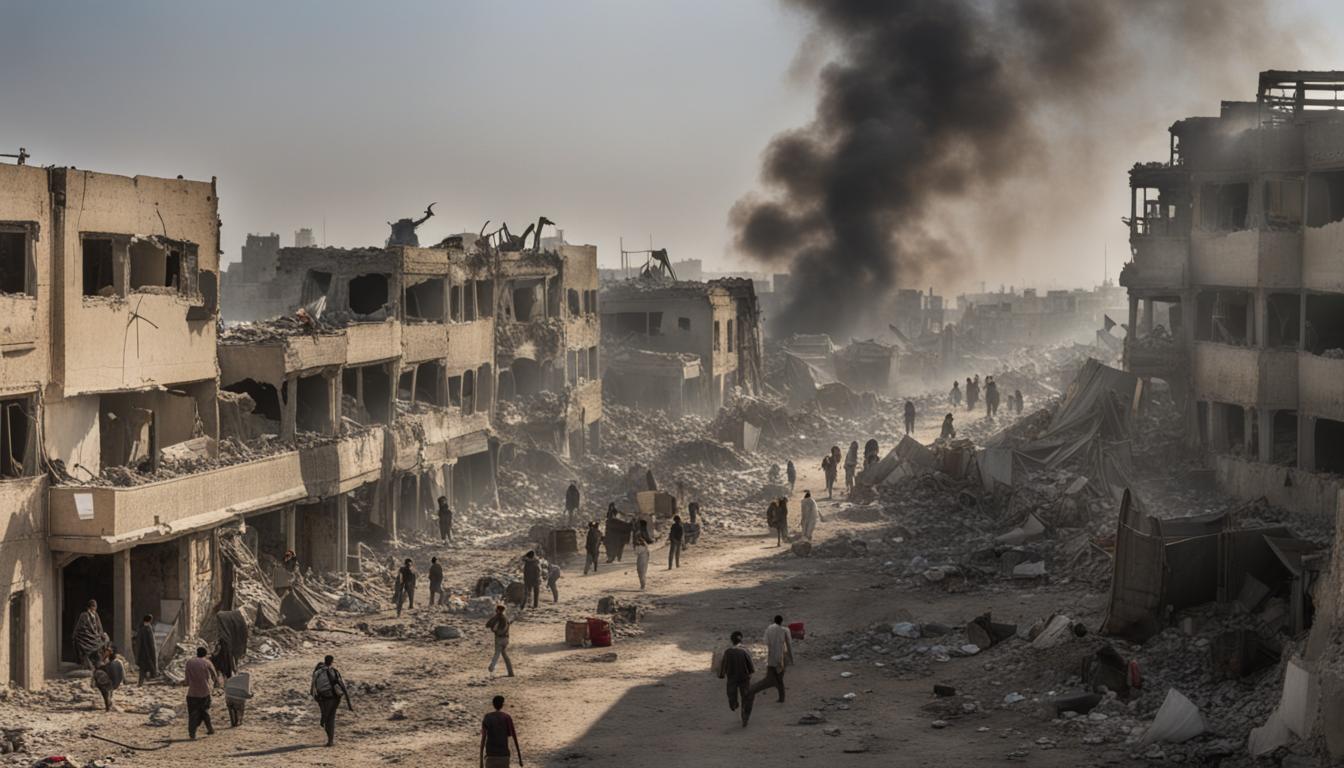As Israel takes control of the Rafah crossing in Gaza, causing widespread displacement and a humanitarian crisis, the local sports community faces a near-collapse, highlighting the far-reaching effects of the conflict.
Tens of thousands of residents in Rafah, Gaza, are fleeing their homes as a result of Israel seizing the border crossing with Egypt, a key entry point for aid and supplies. The area is experiencing heightened chaos and panic, compounded by the closure of the main hospital and a looming threat of full-scale invasion. This situation has escalated in the overcrowded southernmost city of Gaza, now hosting about 1.4 million people, primarily displaced from other parts of the region. The closure of Rafah crossing has exacerbated the already critical lack of basic necessities, such as clean water and food, while humanitarian efforts are severely hindered by shortages of fuel and resources. Some individuals attempting to reach the border for help have reportedly been shot at, and ongoing conflict continues to threaten further casualties and displacement.
In another dimension of the crisis, the war in Gaza has profoundly affected the local sports sector, evidenced by the story of 17-year-old footballer Mohammed Abu-Hujair. His aspirations to join Real Madrid’s academy were crushed by the conflict, and he now resides in a displacement camp. The larger sports community in Gaza shares similar stories of devastation, including the deaths of notable athletes like karate champion Nagham Abu-Samra and football legend Mohammed Barakat. The once-vibrant sports infrastructure in Gaza is largely destroyed, posing a bleak outlook for the region’s athletes. The Palestinian Olympic Committee has voiced concerns over a potential decade-long collapse of sports in Gaza, with over 200 athletes deceased and many facilities in ruins.













